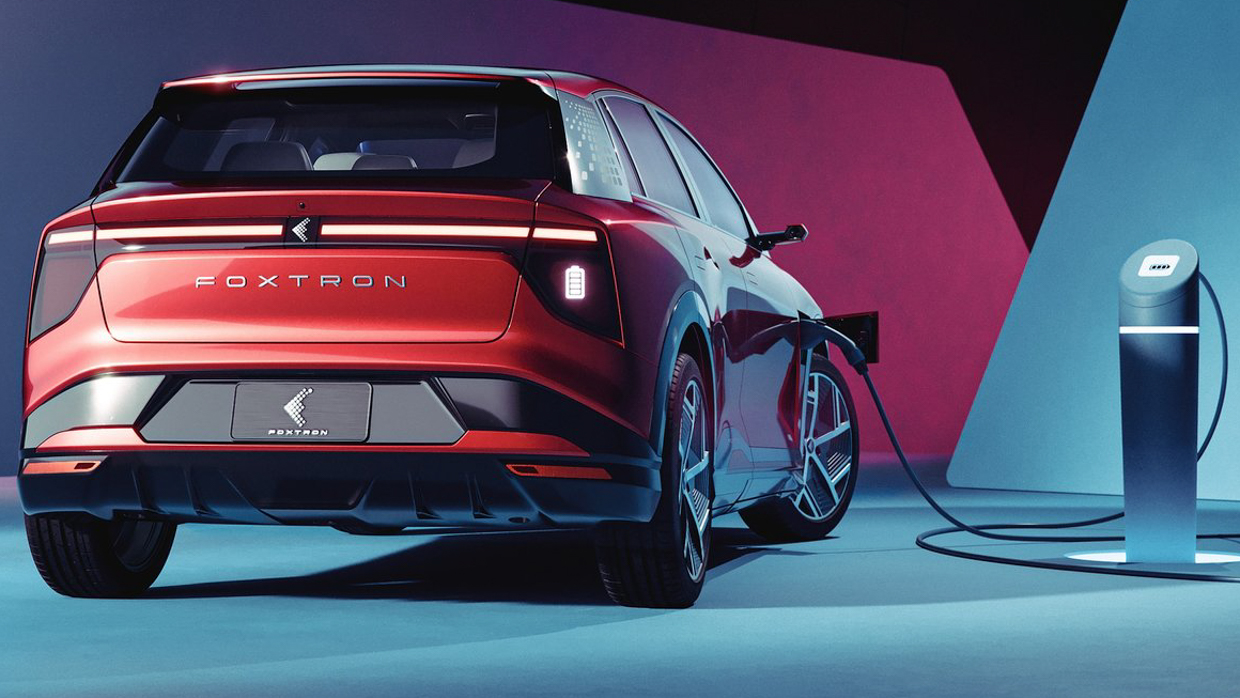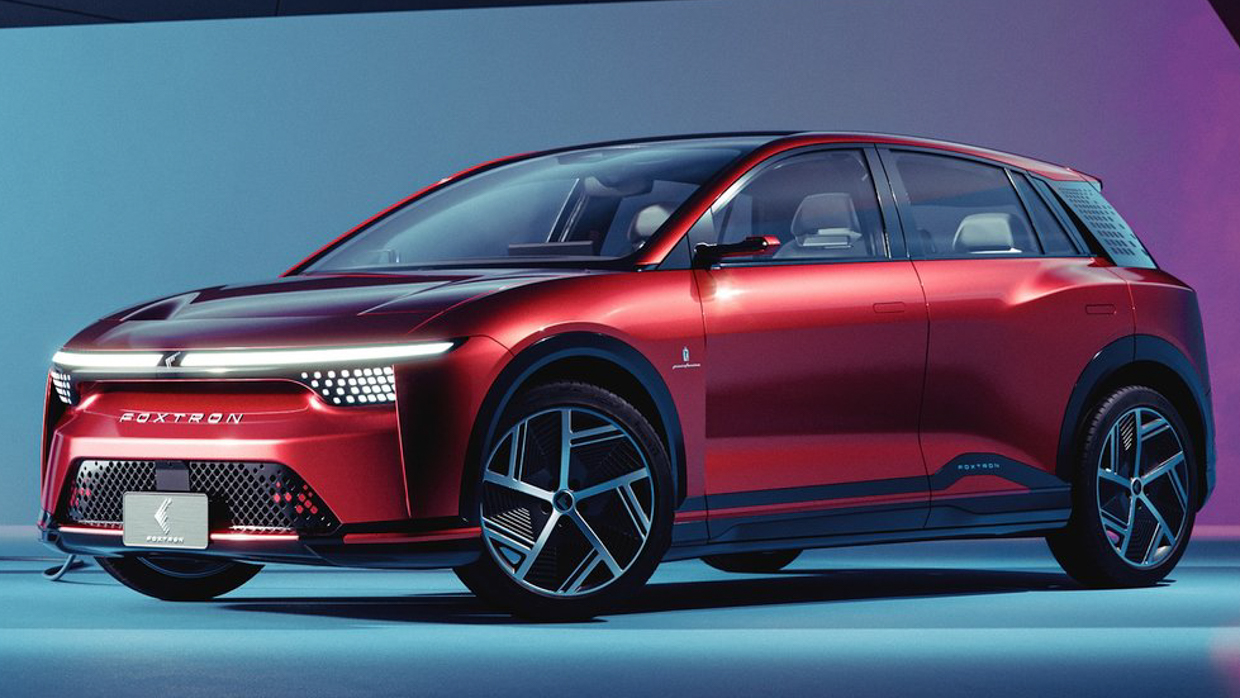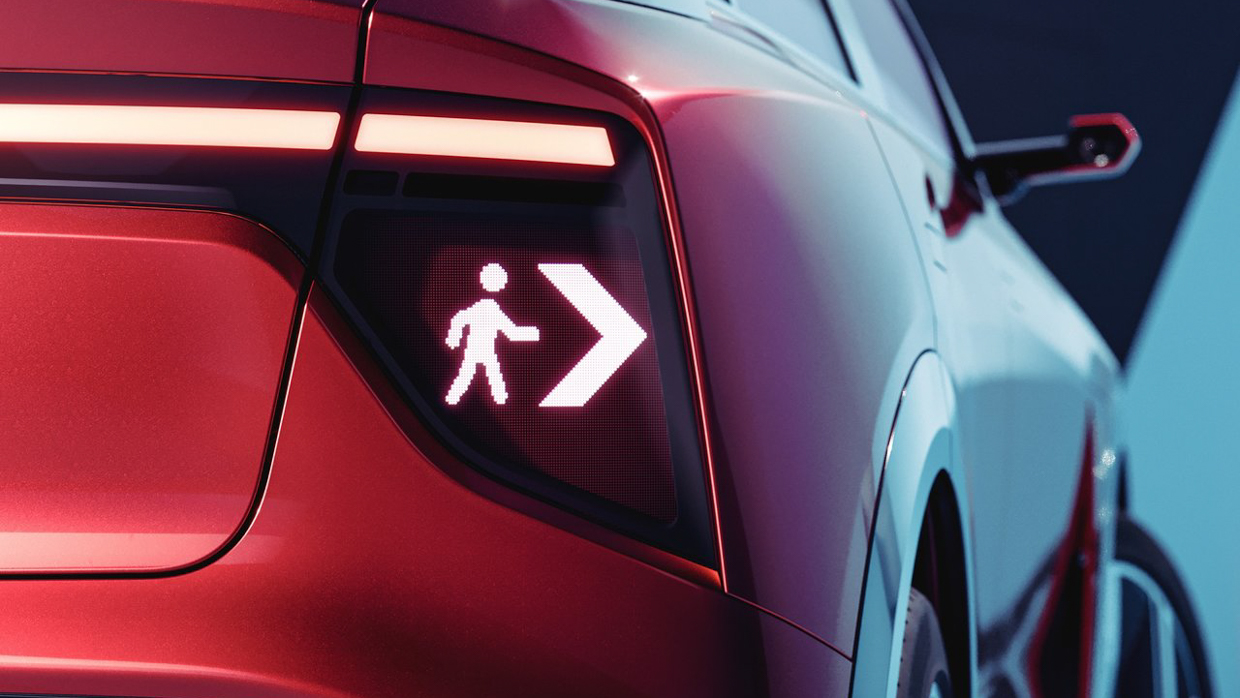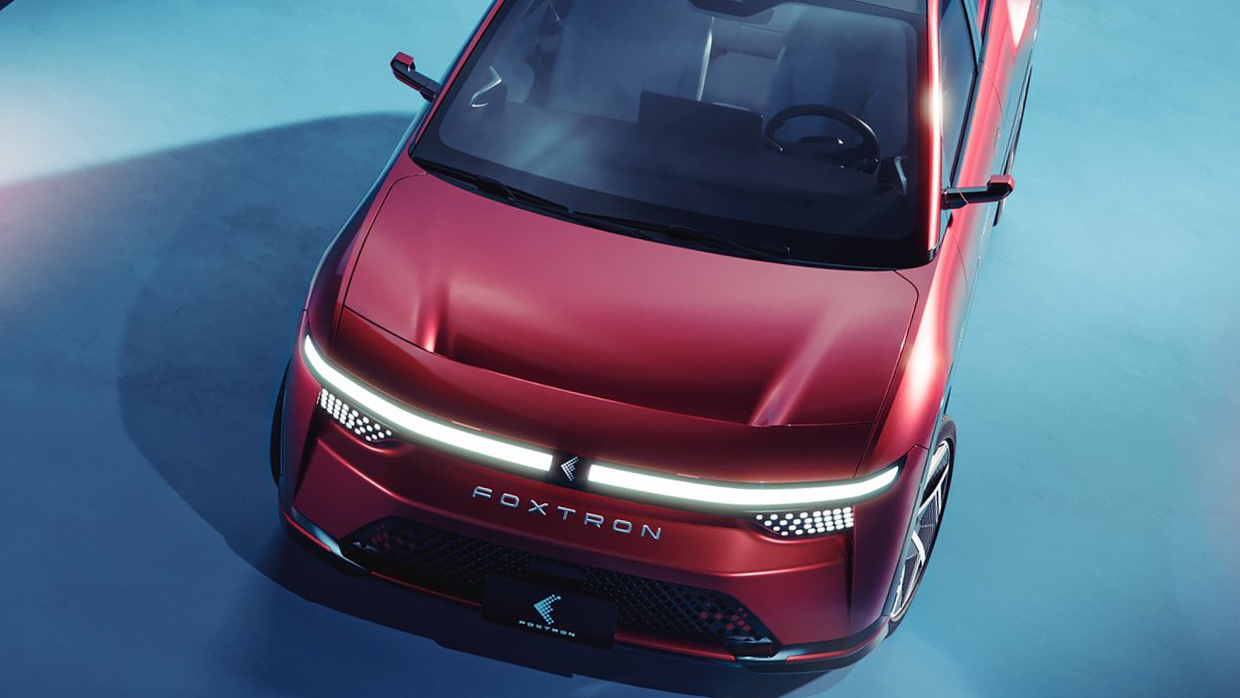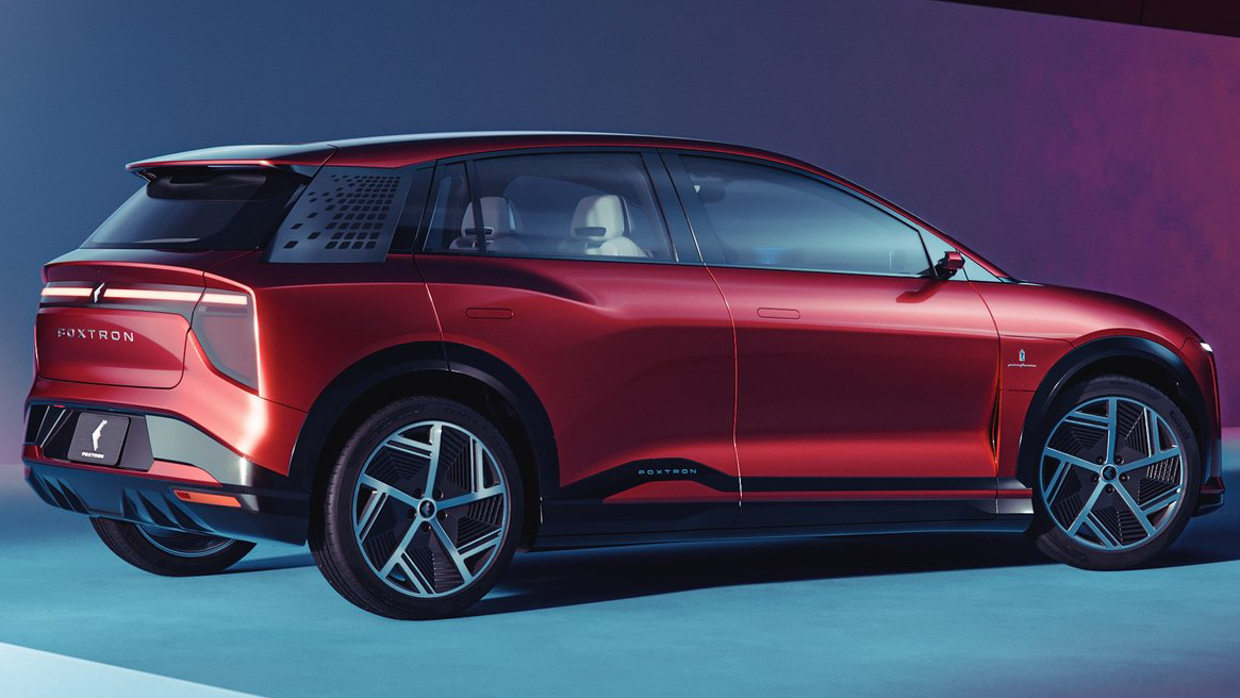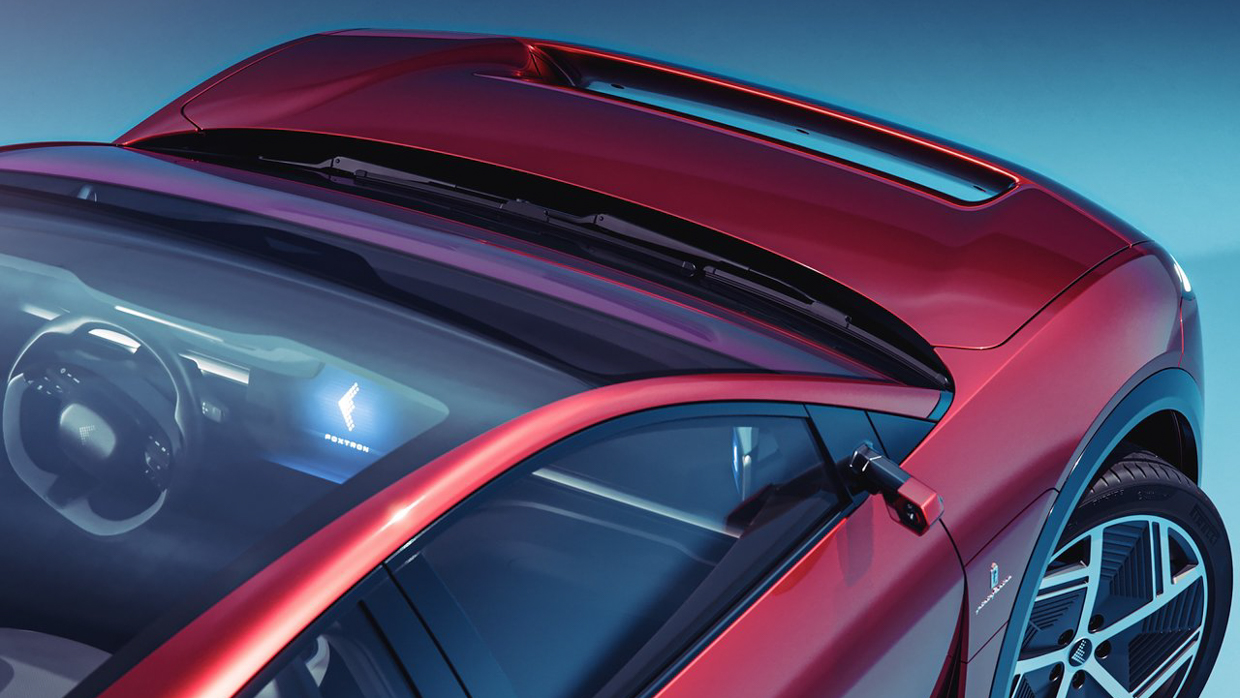-
Car Reviews
- All reviews
- Midsize SUVs
- Small cars
- Utes
- Small SUVs
- Large SUVs
- Large cars
- Sports SUVs
- Sports cars
- Vans
Latest reviews
- Car News
-
Car Comparisons
Latest comparisons
- Chasing Deals
Australian suspension tuning locked in for Foxconn-built EV model, which is set to rival MG4 in terms of specs and potentially price
Mitsubishi’s first mainstream electric vehicle for Australia is inching closer to going into production in Taiwan, and local Mitsubishi engineers are being put to work to make sure the EV drives appropriately on Aussie roads.
Expected to launch in Australia in the second half of 2026, the upcoming battery electric vehicle (BEV) is being built in Taiwan by a subsidiary of tech giant Foxconn, with rebadging and restyling by Mitsubishi.
The as-yet unnamed Mitsubishi EV is a small, lifted hatchback and is expected to take on the likes of the MG4, BYD Atto 3, and Kia EV3 in the Australian market.
Its new EV has an important role to play in offsetting the emissions of Mitsubishi’s popular models, including the Triton diesel ute and petrol versions of the Outlander midsize SUV, which will be penalised under Australia’s New Vehicle Emissions Standard (NVES) laws.
The electric Mitsubishi is widely expected to be based on the Foxtron Model B, which rides on a 2800mm wheelbase and is 4300mm long, 1865mm wide and, at 1530mm, is slightly taller than an MG4 but not an outright SUV. Foxtron is a subsidiary of Foxconn.
If it’s based on the Model B, the Mitsubishi will run Foxtron’s 400-volt MIH skateboard with a single rear motor making 170kW, while an expected 60kWh LFP battery will provide 450km range (WLTP) at consumption of around 13.3kWh/100km.
To stimulate demand in an already-tight EV market in Australia, the Mitsubishi BEV will need not only decent specs, but also a price close to that of the popular MG4, which costs about $43,000 driveaway with its mid-tier 64kWh battery.
Mitsubishi Australia chief executive Shaun Westcott told Chasing Cars at the launch of the facelifted Outlander that the Japanese brand expects manufacturers in its position to “cop significant penalties” under NVES, partially because Australian customers are not buying ‘enough’ EVs.
“It doesn’t matter who you are. Every brand has to cover the cost of the penalty to survive. If customers are only buying single-digit EV sales [under 10% of total car sales], that means the majority of people out there are buying either some form of PHEV or ICE engine,” Westcott said.
Still, despite that view, Mitsubishi Australia still needs to increase its share of PHEV sales (mainly by courting more customers to the Outlander PHEV) and BEV sales (currently zero) in order to avoid mounting fines under NVES, which gets harder from 2026.
That’s where the Foxconn-sourced BEV comes into play for Mitsubishi.
“We have been working on the Foxconn car, the full EV out at the end of 2026,” said Bruce Hampel, MMAL’s general manager of product strategy, confirming that Foxconn engineers have been testing a competitive set of BEVs on Australian roads and at the Lang Lang proving ground in Victoria.
That work has been led by Tony Dorrington, product strategy manager at Mitsubishi Australia. At the initiative of Mitsubishi head office in Japan, the brand recently re-established its ride and handling tuning team that previously worked on 380s and Magnas.
As well as adjusting the suspension and steering of the facelifted Outlander SUV, the team is now preparing to work on the BEV model with Dorrington telling Chasing Cars prototypes will arrive in Australia for tuning work soon.
“Tony and the (Foxconn) team have been driving the competitive set at Lang Lang and spending all of this week getting a sense of Australian road conditions in as many places as possible,” said Hampel.
Behind the scenes, Mitsubishi and Foxtron signed an agreement in May this year locking in right-hand drive production of the BEV model for Australia and New Zealand. A launch in our market in the second half of 2026 was specifically mentioned in the document.
“We have a (BEV) product. We will bring it to market when we think the market is able to support that product,” Mitsubishi Australia chief Shaun Westcott said. “It needs to be financially viable and feasible.”
It is possible Mitsubishi will accept thin margins on the BEV in order to sell more examples while banking an NVES credit on every sale, helping Mitsubishi to continue selling more diesel Tritons among other vehicles.
Latest news
About Chasing cars
Chasing Cars reviews are 100% independent.
Because we are powered by Budget Direct Insurance, we don’t receive advertising or sales revenue from car manufacturers.
We’re truly independent – giving you Australia’s best car reviews.
